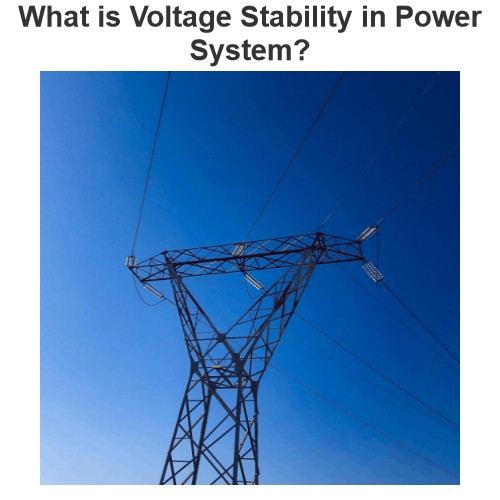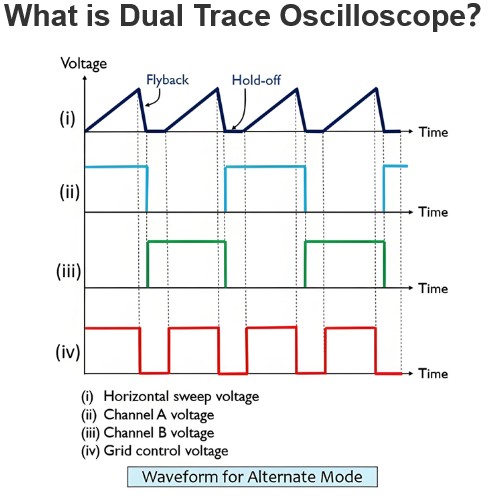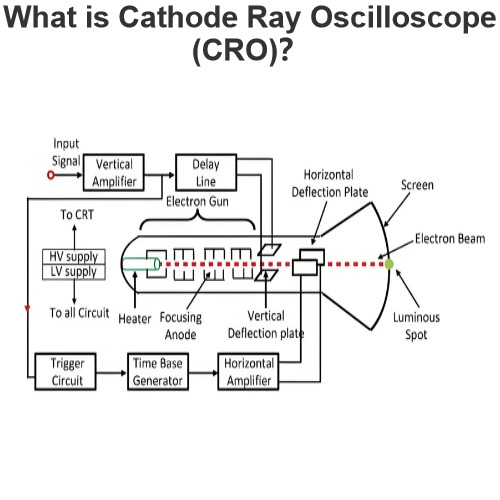What are Dielectric Gaes ?
What are Dielectric Gaes ?
Dielectric Gas Definition
A dielectric gas is defined as an insulating gas that prevents electrical discharge and can be polarized by an electric field.
Breakdown in Gases
Breakdown in gases occurs when the applied voltage exceeds the breakdown voltage, causing the gas to conduct electricity.
Paschen’s Law
This law states that the breakdown voltage depends on the product of the gas pressure and the gap length between electrodes.
Breakdown Mechanism
The breakdown mechanism varies based on the type of dielectric gas and the polarity of the electrodes; corona discharge is one such mechanism.
Properties of Dielectric Gases
Utmost dielectric strength
Fine heat transfer
Incombustible
Chemical idleness against the construction material used
Inertness
Environmentally non poisonous
Small temperature of condensation
High thermal constancy
Acquirable at low cost
Applications of Dielectric Gases
Dielectric gases are used in high voltage applications such as transformers, radar waveguides, and circuit breakers due to their insulating properties.
The Electricity Encyclopedia is dedicated to accelerating the dissemination and application of electricity knowledge and adding impetus to the development and innovation of the electricity industry.













